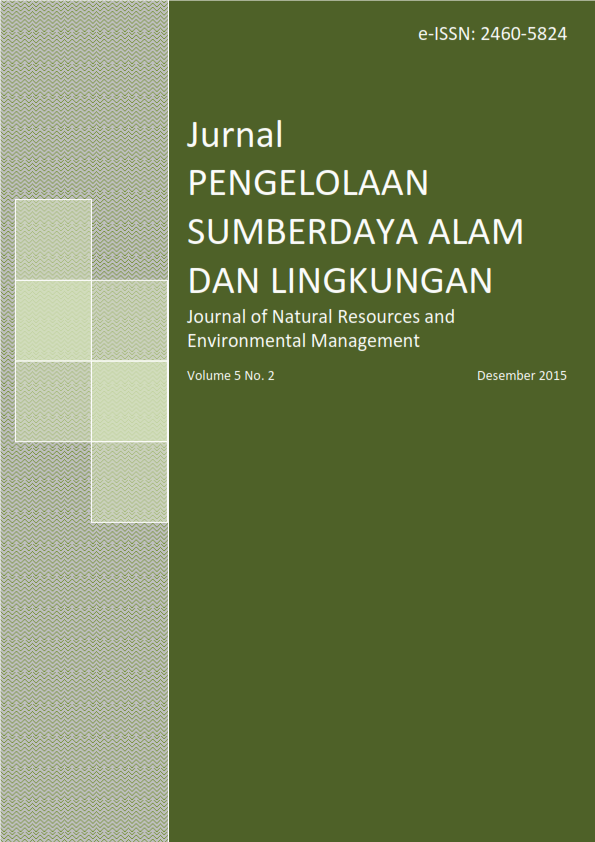EVALUASI KESESUAIAN DAN KEMAMPUAN LAHAN TERHADAP RTRW KABUPATEN KOTABARU, KALIMANTAN SELATAN
Abstract
Spatial planning is prepared to maintain and support the improvement of environment consider to the limited capacity of the environment and its natural resources. The land use which is uncompatible with the Regional Land Use Plan (RTRW) and tend to support economic growth by relying on its natural resources without putting any efforts to increase their environmental values can cause all living organism in danger. One of the environmental issue is spatial problem at District of Kotabaru. This study aimed to evaluate Kotabaru’s spatial plans (RTRW) based on suitability of forest functions, land capability, and landcover. The method used in this study is Geographic Information System (GIS) based for spatial analysis: suitability of forest functions, land capability and identification of land cover. The result showed that there are some inconsistencies against the RTRW of Kotabaru, such as 1). The suitability of forest functions is about 188073,11 Ha (27,66% area of study). The region inconsistency happened mostly in karst area toward annual plantation area; 2) Land capability is about 62967,02 Ha (9,28% area of study). This region inconsistency are happened in some land capability classes such as class II, III, IV and VI; and 3). Landcover is about 61779,31 Ha (9.05 % area of study).
Keywords: evaluation, land capability, land cover, land suitability, regional land use planAuthors
Authors who publish with this journal agree to the following terms:
- Authors retain copyright and grant the journal right of first publication with the work simultaneously licensed under a Creative Commons Attribution License that allows others to share the work with an acknowledgement of the work's authorship and initial publication in this journal.
- Authors are able to enter into separate, additional contractual arrangements for the non-exclusive distribution of the journal's published version of the work (e.g., post it to an institutional repository or publish it in a book), with an acknowledgement of its initial publication in this journal.
- Authors are permitted and encouraged to post their work online (e.g., in institutional repositories or on their website) prior to and during the submission process, as it can lead to productive exchanges, as well as earlier and greater citation of published work (See The Effect of Open Access).






